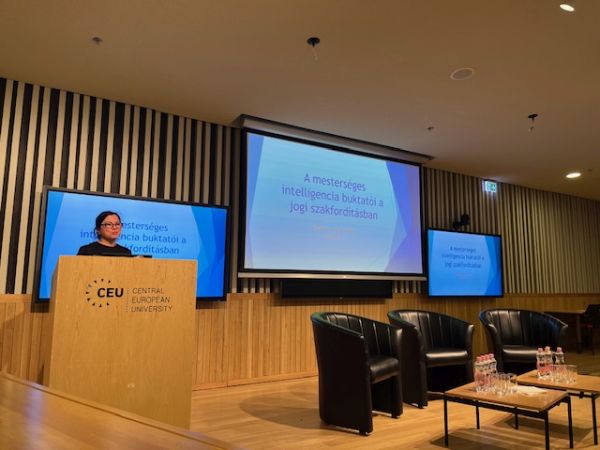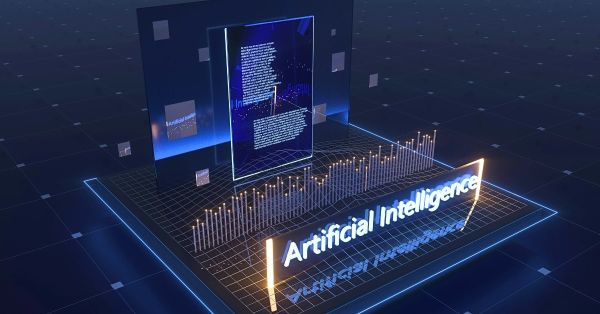
The pitfalls of using AI in legal translations
We often rely on artificial intelligence-based language translation tools. Which can indeed be helpful in everyday translation activities. A simpler description or article can quickly be translated into another language with using DeepL, Google Translate, or even with the assistance of ChatGPT. However, in the field of specialized translation, especially in legal translation, there are considerable risks in relying solely on AI-based translations. Can AI replace legal translation? This question was the primary focus of discussion among participants at the Proford (Professional Translation Service Providers Association) Workshop held on 18th April 2024. It’s not a big secret to reveal that the answer is currently no. But to have a better understanding why AI is not yet suitable for fully replacing legal translators and what new perspectives AI may open up in the future of translation, it’s worth reading our article.

Accuracy and liability issues
Legal translation involves the translation of legislation, contracts, court documents, legally binding decisions, or terms and conditions. Accuracy is a crucial criterion to faithfully convey legal concepts, terminology. As well as the specificities and source language of the legal system into the target language. Additionally, in legal translation cultural differences and the characteristics of a legal system should also be taken into account. Even a slight deviation can lead to significant legal consequences.
In this context, it is interesting to raise the question of who bears responsibility for any possible mistranslations or misinterpreted content when documents are translated solely with the assistance of AI? Obviously not the AI itself. Even ChatGPT acknowledges that errors can occur occasionally. Hence it is essential to monitor the final result of the translation.
By contrast, the translator is liable for the accuracy of the translation and certifies this in a separated clause (in case of a certified translation or even higher-level of a sworn translation). If the translation is not accurate, the translator is hold accountable for the client and thus warrants the quality of the translation.

The key shortcomings of AI in legal translation
Beyond the accuracy and liability issues, three other important factors should be highlighted as shortcomings of AI in the field of legal translation. These are: lack of background knowledge, lack of knowledge of the legal context of the target or source language, and lack of contextualization. However, these minor mistakes can lead to severe ethical and legal consequences. For instance, certain provisions of a contract may become null and void, unenforceable or improper application of legal terms and inconsistent wording may also result from the use of AI.
Furthermore, it is worth considering that AI-based translation tools have certain memory and text limitations. So the editing options and final outcome may vary. Depending on whether the free or subscription version is used, especially in terms of the quality of wording.
How could we still implement AI?
Currently AI based translations should only be implemented effectively in human-driven environment. As in most sectors, including legal translation, post-editing and control are mandatory for translations generated by AI.
However, in the European Union, there is already an ongoing development of a strategy and action plan for integrating AI into law enforcement system and legal translation. In translation, its primary role is currently seen as reducing language barriers, for instance, during legal processes and administrative procedures.

Can AI Replace Legal Translation?
AI can generally be effective in routine, repetitive tasks, such as translations where the linguistic contexts are relatively straightforward. However, in the case of legal translation, deep understanding of context, culture, precedent, and legal terminology is paramount. Furthermore, legal texts often contain linguistic nuances that still require human interpretation, which AI is not yet fully capable of understanding or conveying.
Therefore, while AI can provide significant support in the field of legal translation, there will still be a need for human translators. Especially in cases where accuracy, context, and cultural nuances are of utmost importance. In order to be able to produce and interpret data based on natural language for generative language models in the legal sector much more “training data” are required. In the “training stage”, models should strive to learn data as accurately and consistently as possible, taking into account the diversity and variety of the data.
Currently, and probably for a considerable time, the collaboration between AI and human translators may be the most ideal solution for achieving fast and accurate legal translations.






